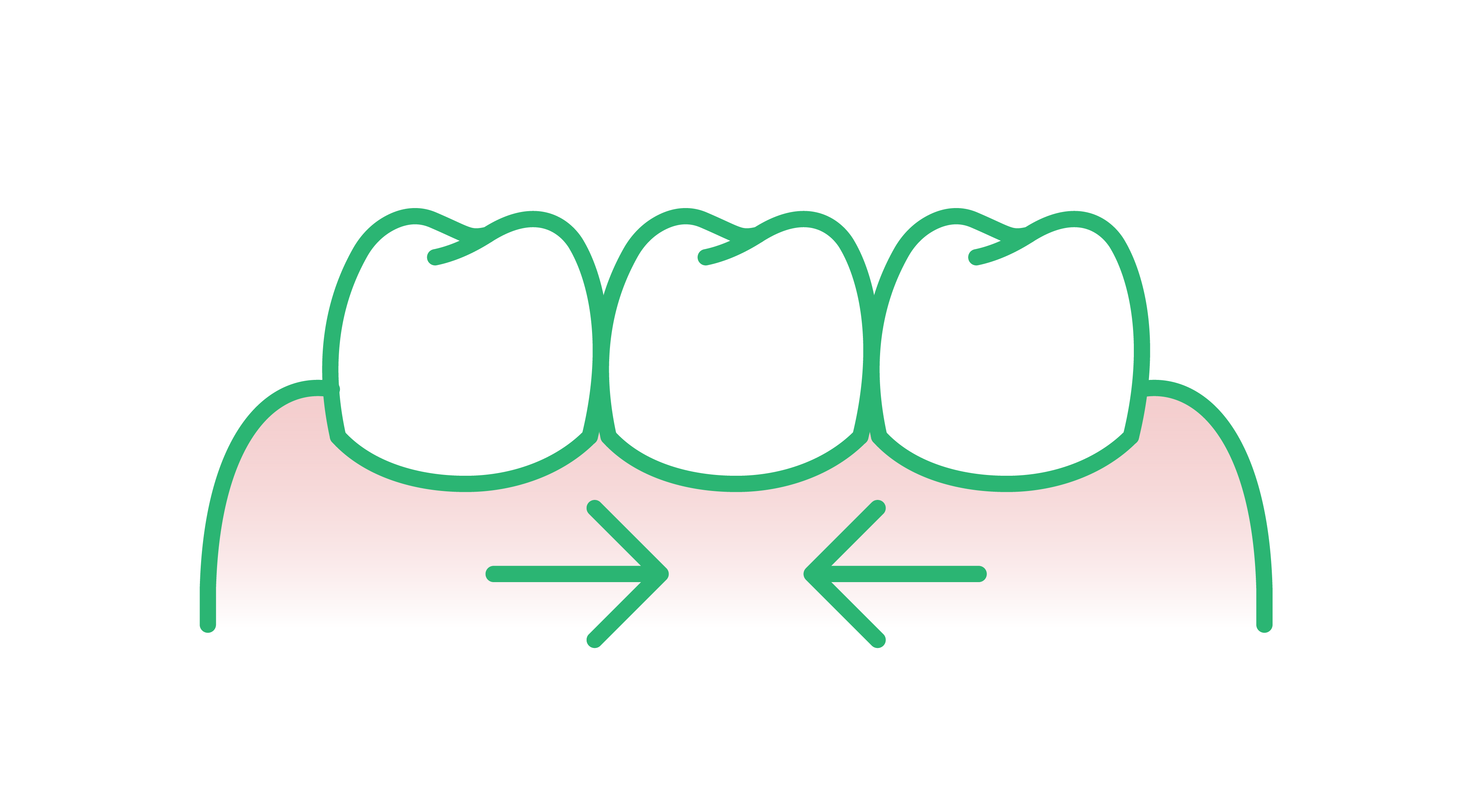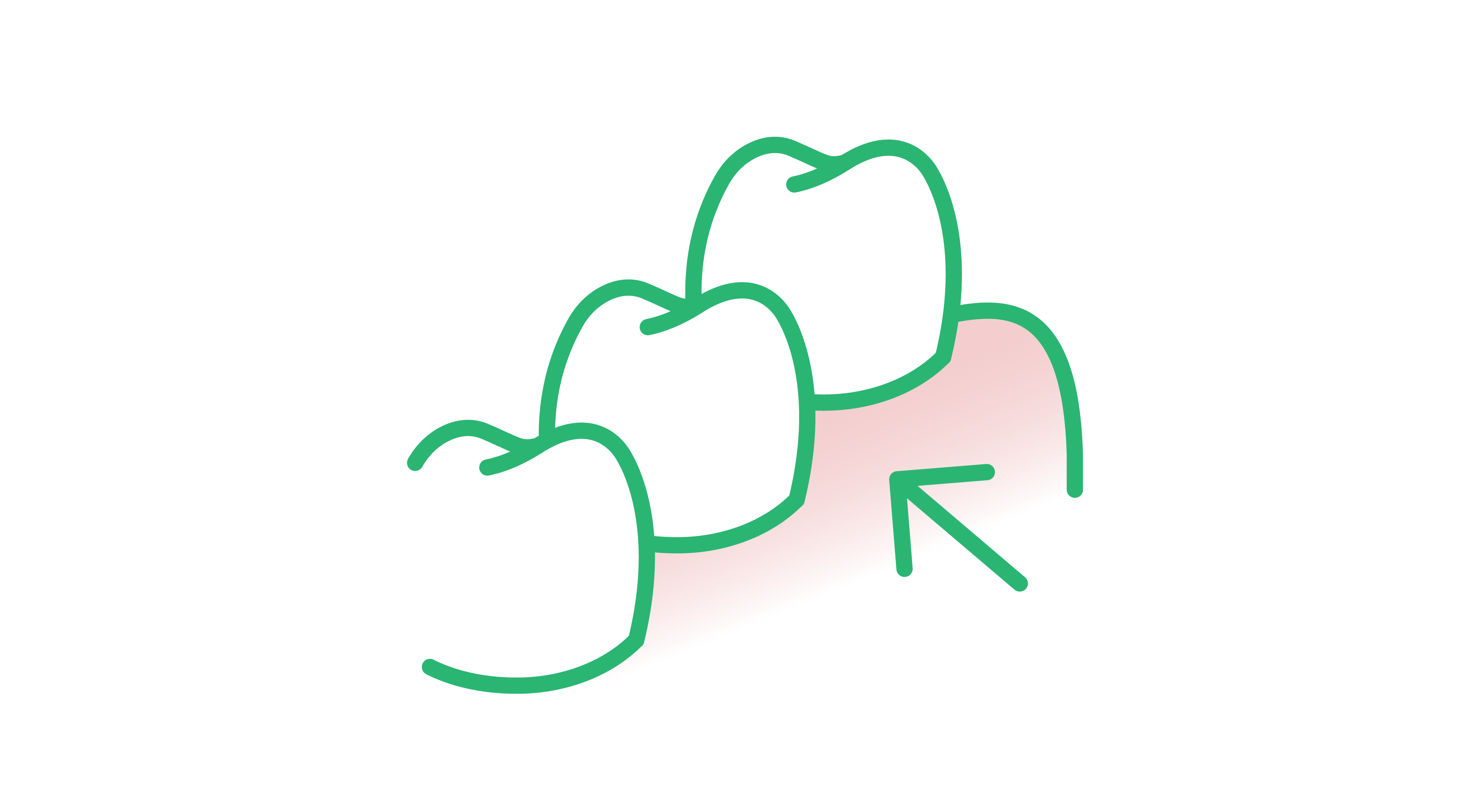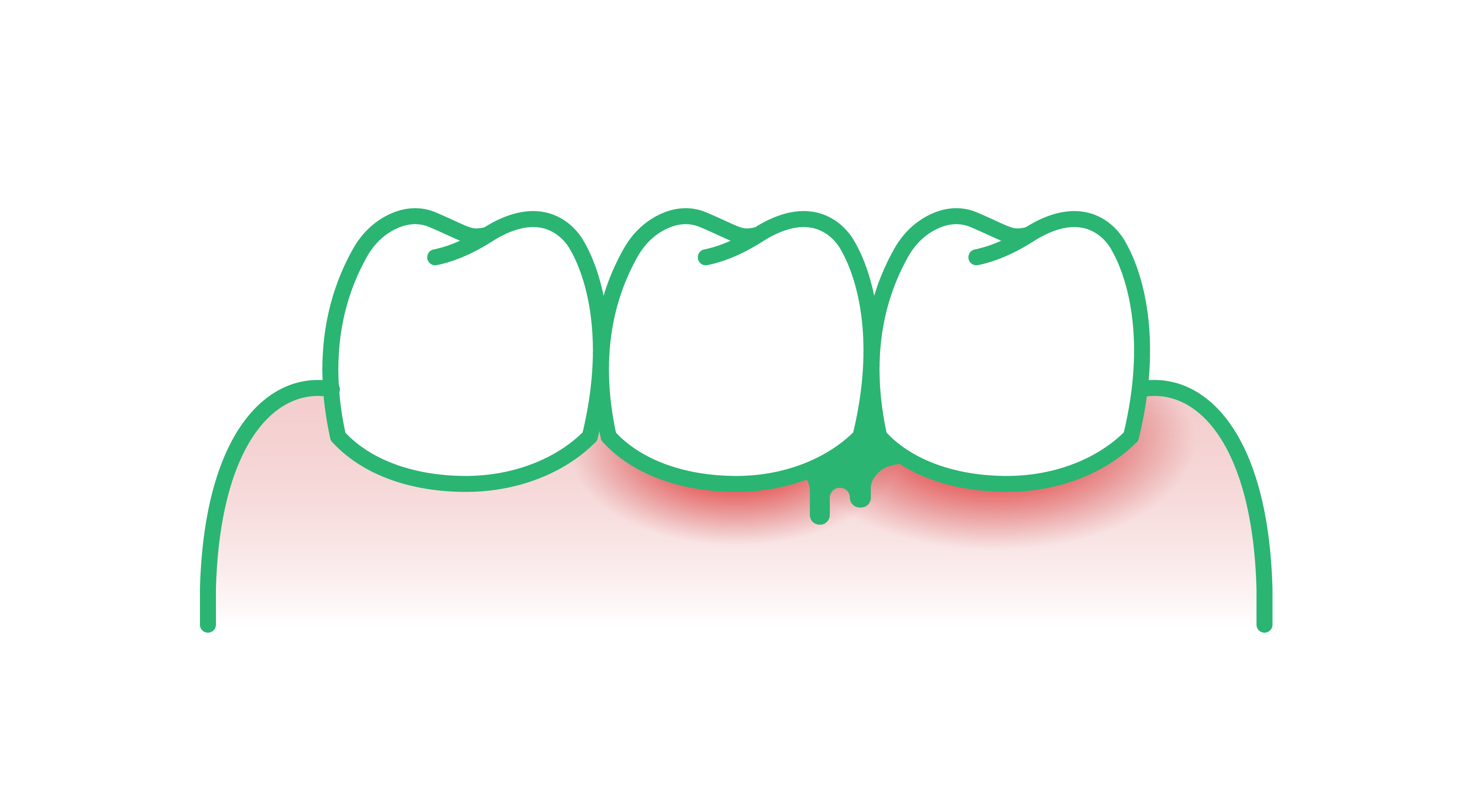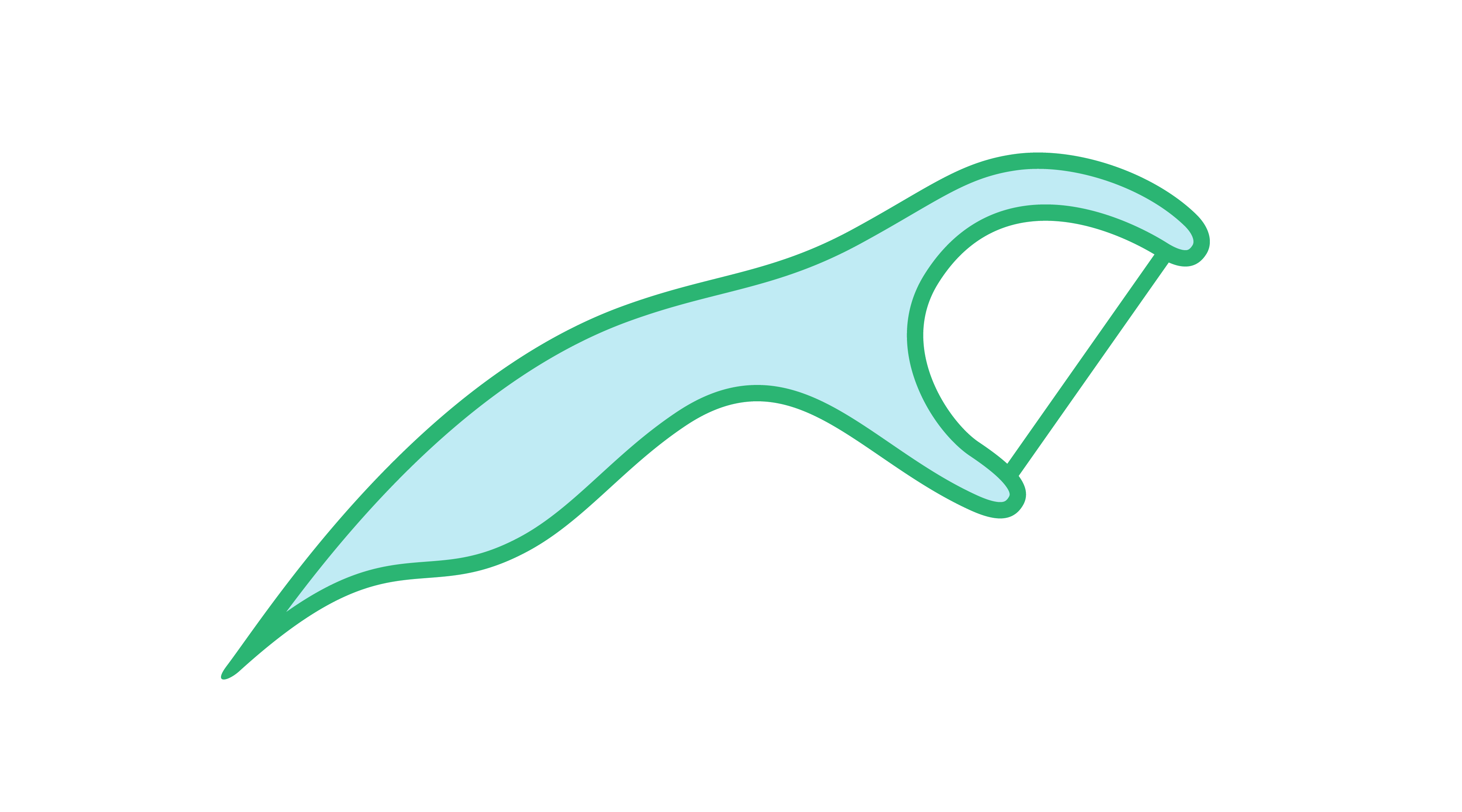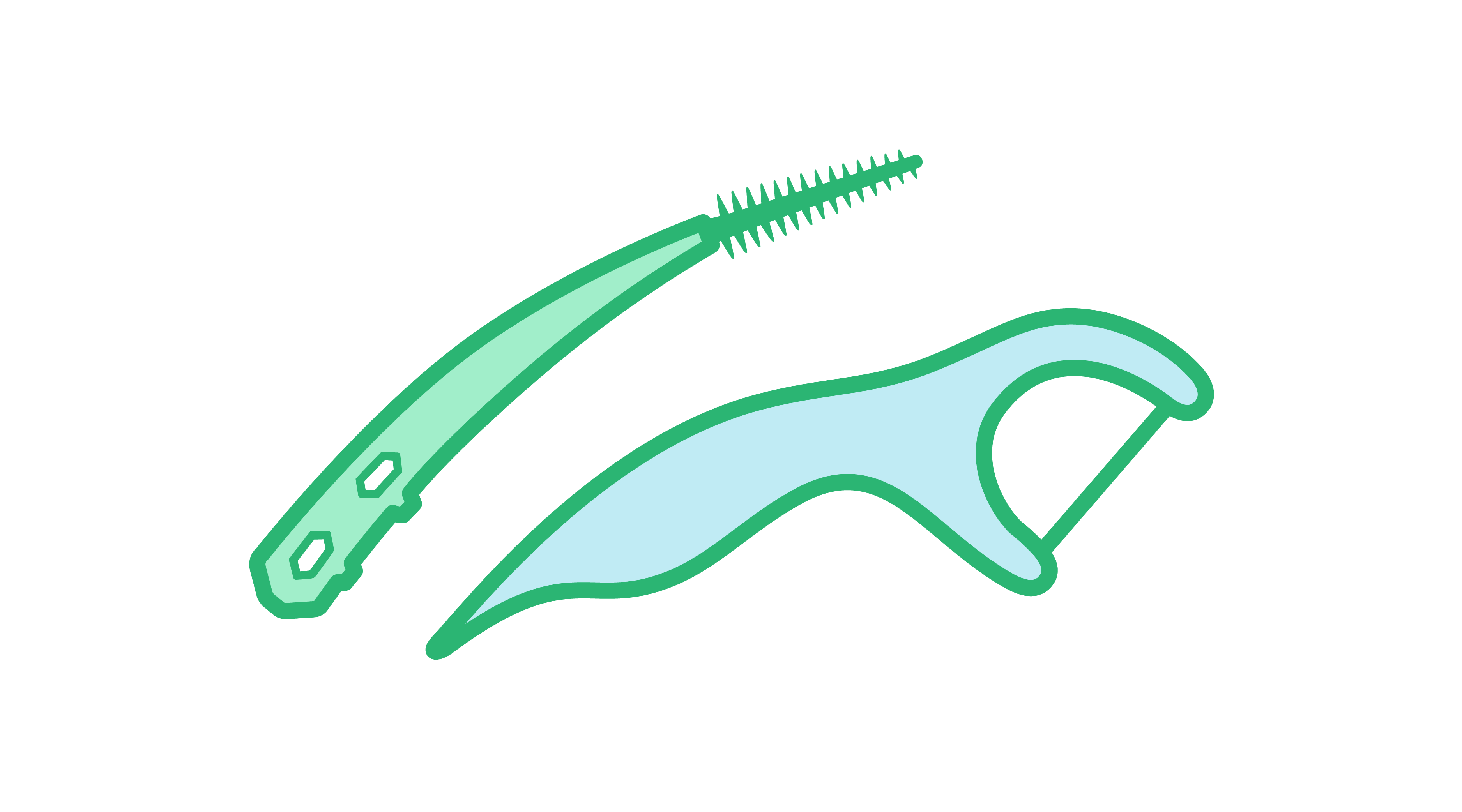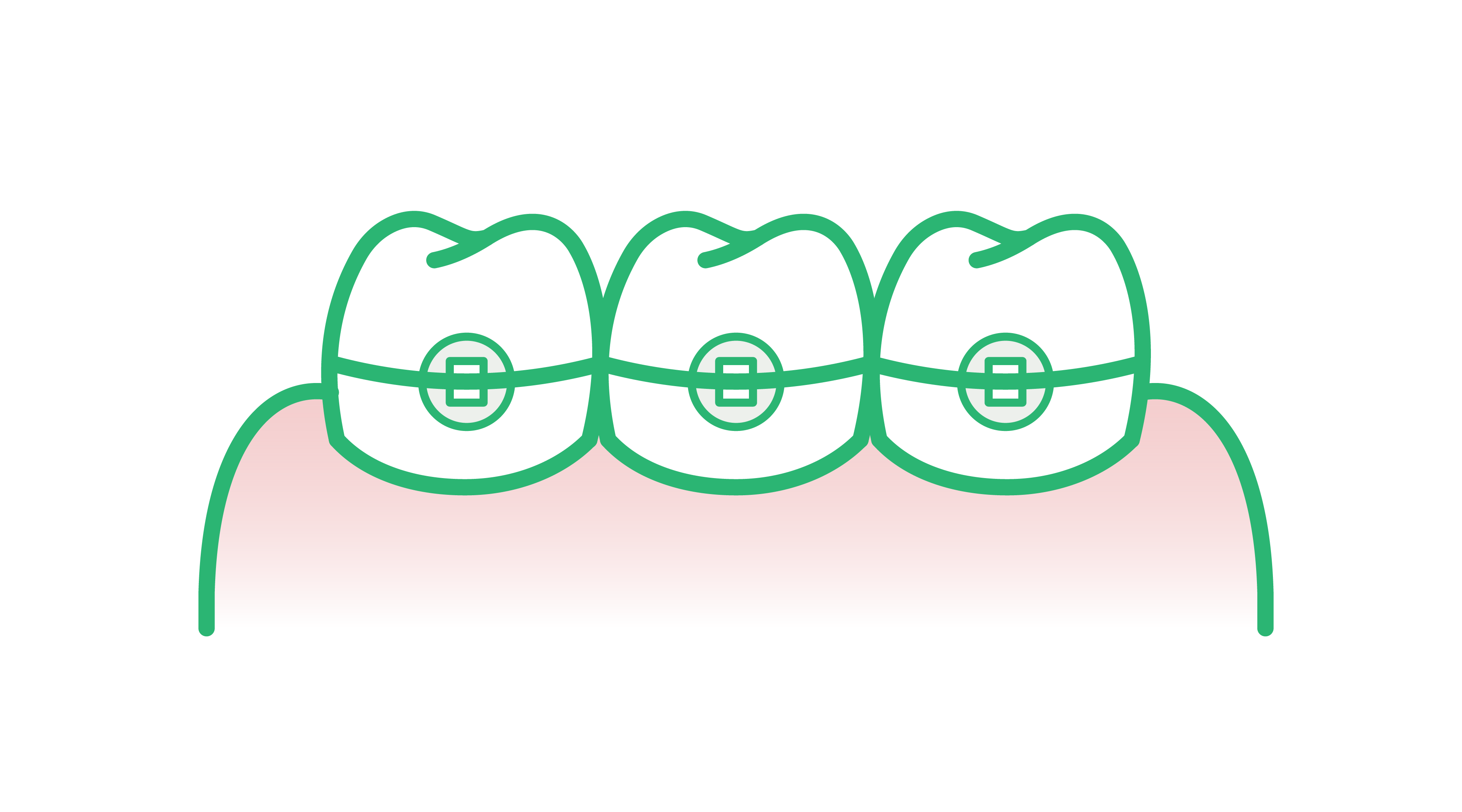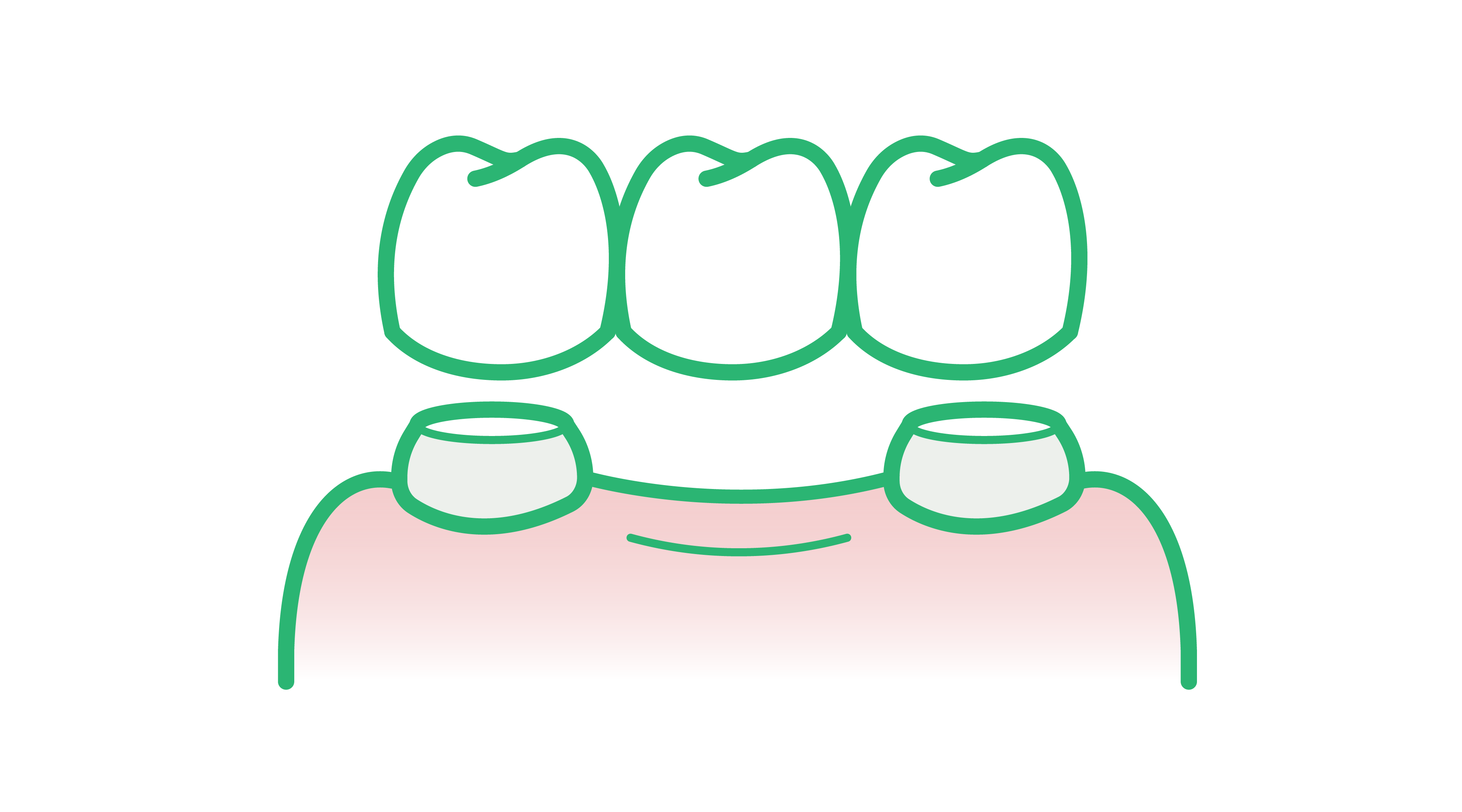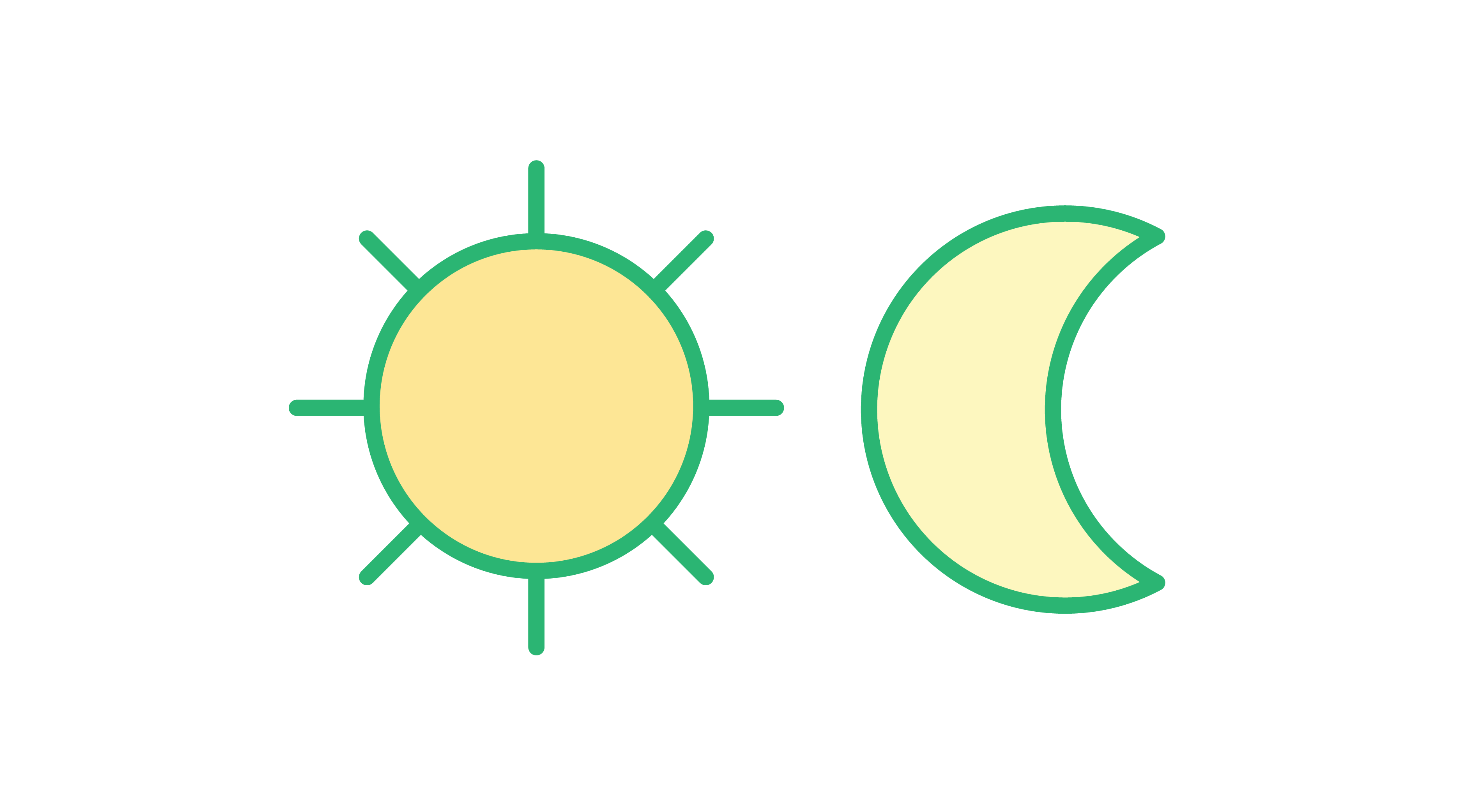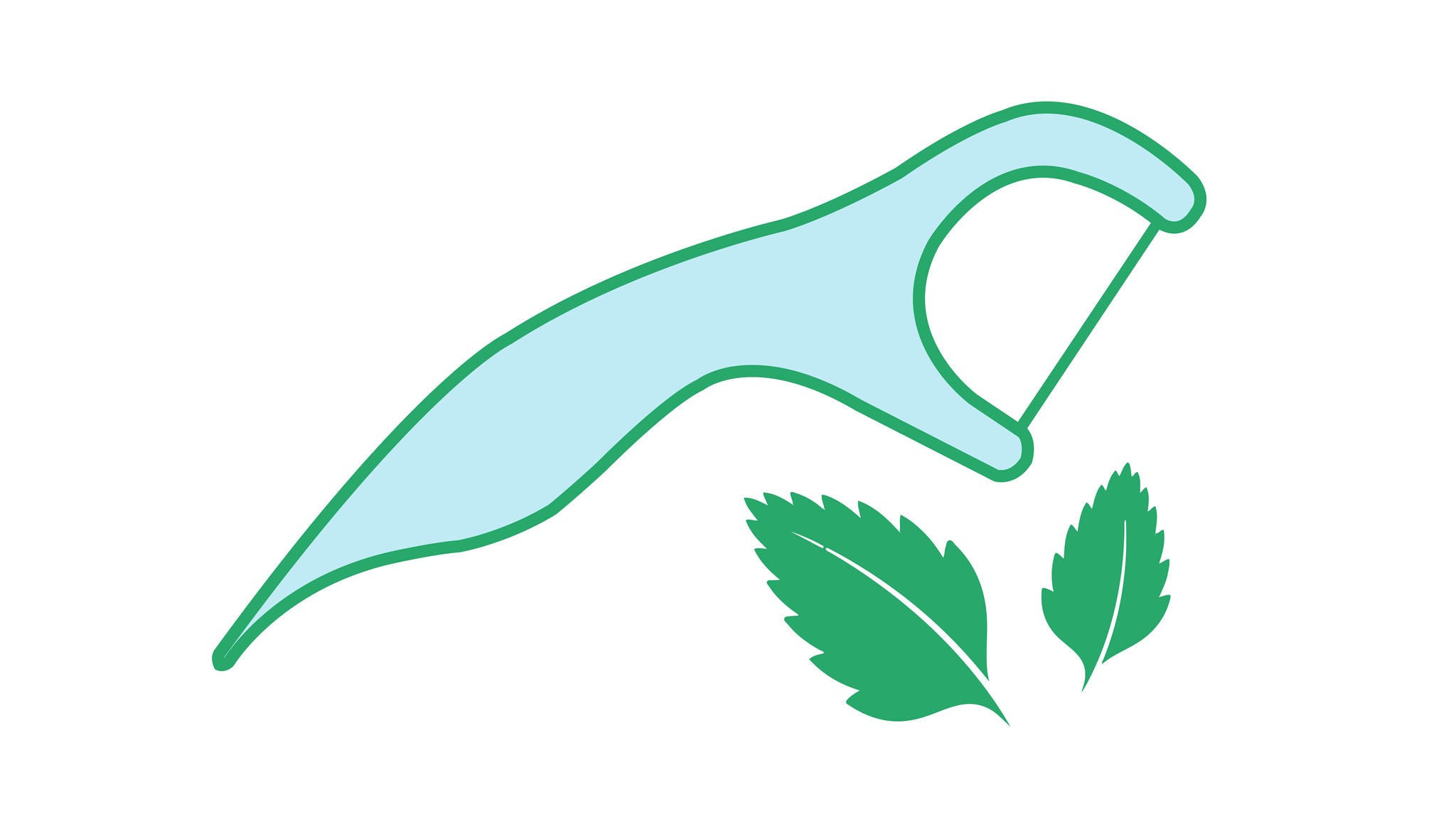How To Choose Your Floss
Everyone’s oral health needs are different. However, we all need to clean between our teeth.
It’s important that you choose the floss that’s right for you, as it will help you remove more plaque and achieve better oral health. Wearing braces, tight teeth, sensitive teeth…?
You need a floss which is adapted to your specific needs. With so many different options available, it’s sometimes hard to know where to start. This page can point you in the right direction and help you pick the perfect floss for you!

Common Types of Floss
String Floss
String floss is the most traditional form of floss. It's flexible and can be maneuvered easily between teeth. There are two main types: waxed and unwaxed. Waxed floss, which typically comes in flavors such as mint, is smoother and easier to slide between tight teeth or braces. Unwaxed floss tends to be thinner and easier to grip, though it is more prone to breaking and shredding.
Dental Flossers
Dental flossers are small, handheld tools that hold a piece of floss. They are ideal for people who find it challenging to manipulate string floss. Flossers are convenient for reaching the back teeth and can be a great option for children or those with limited dexterity.
Interdental Brushes and Picks
Interdental brushes and picks are excellent alternatives to traditional flossing, especially for individuals with braces or wider gaps between their teeth. These tools can efficiently remove plaque and food particles from between teeth and along the gum line.
Why is Tooth Flossing Important?
Tooth flossing plays a crucial role in oral hygiene. It removes plaque and food particles from areas between your teeth and along the gumline that a toothbrush alone can't reach.
Benefits of flossing
- Prevents tooth decay: By removing plaque, flossing helps prevent cavities between teeth.
- Reduces gum disease risk: Regular flossing can reduce the risk of gingivitis and periodontal disease.
- Promotes fresher breath: Flossing helps eliminate food particles and bacteria that contribute to bad breath.
- Complements brushing: Flossing reaches areas that brushing alone cannot, making your oral care routine more effective.
How to floss?
- Break off about 13-16 inches of floss and wind most of it around your middle fingers.
- Hold the floss and wrap it around each middle finger, keeping a short section taut between your thumbs and index fingers.
- Gently guide the floss between your teeth using a zig-zag motion.
- Floss under the gum line, using an up-and-down motion
Learn more with our How to Floss Guide.
Is flossing more important than toothbrushing?
While flossing is not more important than brushing, it is an essential complement to it. Brushing cleans the surfaces of your teeth, while flossing cleans the tight spaces between teeth and below the gumline. Both are crucial for complete oral hygiene and preventing dental problems.
